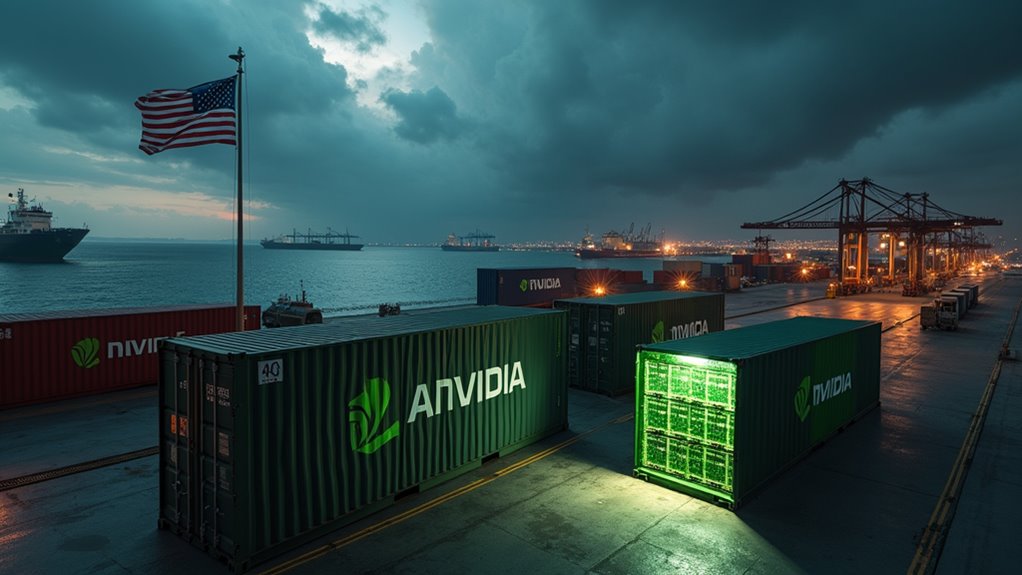China’s AI development is rapidly closing the gap with the US, prompting alarm bells in Silicon Valley. NVIDIA’s CEO has warned that America is scrambling to respond as Chinese models like DeepSeek’s R1 gain international recognition. Despite facing semiconductor restrictions, China’s AI market is growing at 110% annually, shrinking the performance gap from 11.9% to just 5.4%. Turns out the tech cold war is heating up faster than a GPU without proper cooling.
While America has long dominated the global AI landscape, China’s explosive rise in artificial intelligence capabilities is rewriting the rules of technological supremacy.
Chinese AI labs have rapidly closed the intelligence gap with leading US models, matching capabilities within months of American releases—a pace that would’ve seemed impossible just a few years ago.
Remember when we thought the US had an unshakable lead in AI? *Awkward laugh*. That comfortable margin has evaporated faster than your coffee on Monday morning.
Frontier models from companies like DeepSeek are now globally competitive in reasoning and language tasks, with their R1 model turning heads internationally.
The numbers tell a compelling story. China’s core AI industry hit 500 billion yuan (that’s about $70 billion) in 2023, with their AI large model market growing 110% year-on-year. Not exactly pocket change, folks.
What’s particularly striking is how China has shifted from follower to contender.
Their “Made in China 2025” strategy and Next-Generation AI Development Plan aren’t just fancy government PowerPoints—they’re transforming into tangible results through massive R&D funding and public-private partnerships.
The US still maintains financial dominance, with American AI private investment reaching a whopping $109.1 billion in 2024 (compared to China’s $9.3 billion).
But money isn’t everything in this race.
This rapid progress has America’s tech leaders and policymakers sweating.
US firms are now scrambling to accelerate research, retain talent, and develop advanced chips—all while trying to maintain their competitive edge through strategic export controls.
Chinese players including Alibaba, Tencent, and Baichuan aren’t just participating in the AI revolution—they’re helping lead it.
Their open weights models provide broader access and accelerate innovation cycles globally.
The global economic stakes are massive, with AI projected to add 15.7 trillion dollars to the worldwide economy by 2030.
The question isn’t whether China will catch up anymore.
It’s what America will do now that they have.
These developments are even more impressive considering China faces significant challenges from U.S.-led semiconductor restrictions that limit access to cutting-edge technologies needed for AI advancement.
The gap between leading AI models has narrowed significantly, with the performance difference between top models shrinking from 11.9% to just 5.4% in 2024, creating an increasingly competitive global AI landscape.









